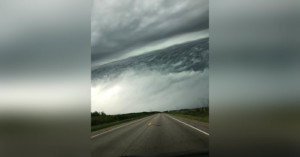
Woman Captures Cloud Formation That Looks Like an Ocean in the Sky
A woman driving home in Minnesota recently captured an incredible photo of an unusual cloud formation that looked like a stormy seascape in the sky.

A woman driving home in Minnesota recently captured an incredible photo of an unusual cloud formation that looked like a stormy seascape in the sky.
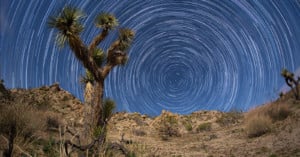
Writer and experimental filmmaker Gavin Heffernan has published a night sky timelapse created from various locations in the Mojave desert and unusually leverage a full moon to illuminate the scene for a surreal result.
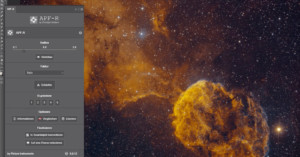
Picture Instruments, a Germany-based software company known best for its plugins for Adobe Photoshop and Lightroom Classic, has released a new plugin that promises to create clean, detailed, ultra-sharp images with incredible depth by employing a technique used by the Hubble Space Telescope team.
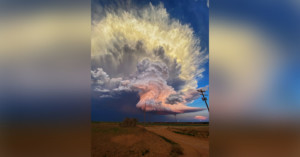
Check out this awe-inspiring storm photo that was captured in West Texas this week. The light from the sunset hitting the clouds makes the sky look like it's exploding.
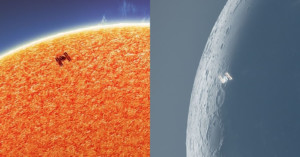
Photographer Andrew McCarthy is known for shooting incredible astrophotography images from his backyard in Sacramento, California. He recently added two more jaw-dropping images to his portfolio: ultra-clear views of the International Space Station (ISS) crossing the Sun and Moon.
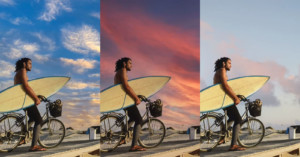
Adobe Photoshop will soon be getting a powerful Sky Replacement feature that lets you instantly swap skies in and out of your photos with a click. Here's a 3-minute video that offers a sneak peek at the AI-powered system.

Well, this is a little embarrassing. Argentinian travel influencer Tupi Saravia is being called out online after some eagle-eyed fans noticed that several of her images feature the exact same clouds... despite being taken in different parts of the globe. Oops...
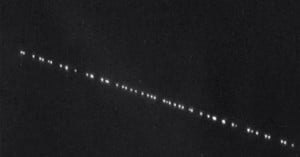
If you were shooting astrophotography over the past couple of nights and noticed a strange line of bright dots traveling across the sky, you might have spotted SpaceX's Starlink satellites. That's what Marco Langbroek caught on camera yesterday in the video above.

I’m an avid night sky photographer that cut my teeth capturing the stars using the original Canon 6D. I shot with that camera for years until purchasing the Sony a7S (Mark I) after reading about how it could essentially “see in the dark.”
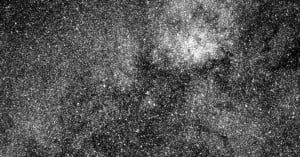
NASA's newest planet-hunting satellite has captured its first photograph -- a dazzling one that shows over 200,000 stars.
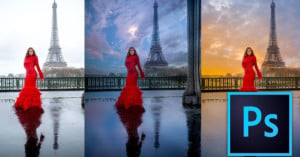
In this 9-minute video tutorial from Serge Ramelli, learn how to easily swap out an unattractive white sky from a photo for a more dramatic one using Photoshop. Utilizing the power of the multiply blend mode, it's possible to convincingly change the sky in the shot in minutes.
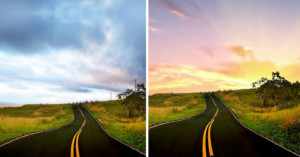
Photographer Peter McKinnon made this 2-minute video tutorial on sky replacements. Watch it to learn how to quickly swap out the sky from one photo with another in Photoshop.
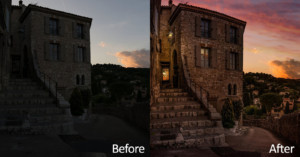
The mere mention of image manipulation may make some photographers cringe, but there’s no denying that some skill with Photoshop can enable you to completely transform an image. In this 20 minute tutorial, Serge Ramelli walks through the process of manipulating a ‘boring’ image and turning it in to a dramatic one by transforming the lighting and sky in the scene.
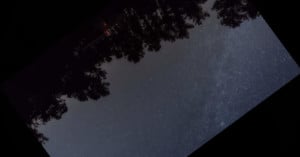
If you point your camera at the sky and film, the stars will arc overhead. That’s because your camera is attached to a giant spinning orb called Earth. This interesting 24 hour time-lapse from YouTuber AlphaPhoenix stabilises the stars by spinning the footage in the opposite direction to Earth’s rotation.
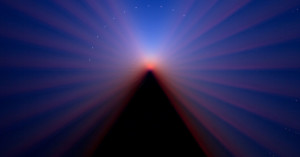
My latest photo series, Pyramids In The Sky, was inspired when my wife and I visited the Mayan Ruins of Chacchoben while on a cruise in 2015. I have always been intrigued by ancient civilizations and how they were able to build these massive structures, seeing the pyramids in person was an inspiring experience.
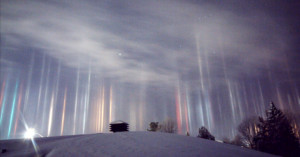
Photographer Timothy Joseph Elzinga was woken up by his 2-year-old at 1:30 a.m. last Friday when he noticed what looked like colorful auroras dancing in the night sky. After shooting a beautiful set of photos of what he saw, he learned that it was actually a phenomenon called "light pillars."
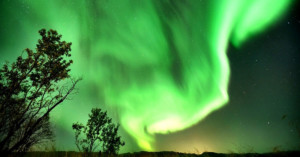
The Northern Lights have been lighting up the sky over Iceland these past few days, and stunning photos of the auroras have been lighting up the Internet.
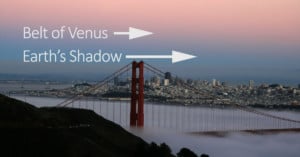
I never get tired of seeing our closest star set below the horizon, and seeing how the landscape changes as the warm light gets fainter by the minute. Every sunset has its personality depending each location, weather and season. One beautiful thing about a sunset is what happens right after the Sun has set. If turn around, you can slowly see the Earth shadow rising from the horizon.
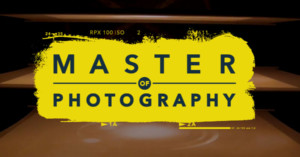
"Master of Photography" is a new TV show that aims to do for photography what American Idol did for singing. Created by Sky Arts, it's the first TV talent show in Europe focused on photography.
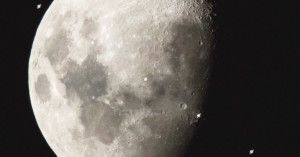
A while back I shared an article that explained how I photographed a plane flying "across" the moon during a supermoon event. Over the weekend I’ve been out chasing another similar type of image: one of the International Space Station transiting the moon.
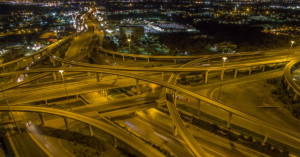
The sky may be the next frontier for time-lapse and hyper-lapse techniques. Aerial videographer …
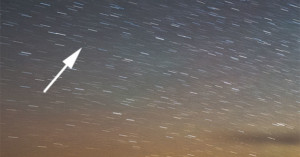
Did you know that you can easily see geostationary satellites by shooting time-lapse photos of the night sky? Reddit user jannne took his camera outside this week and managed to capture a number of satellites in their photos.
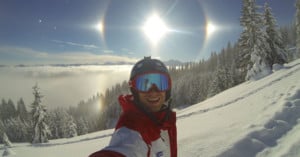
When ice crystals in the atmosphere interact with sunlight in a certain way, a beautiful weather phenomenon known as sun dogs (formally called "parhelia") can appear. From observers on Earth, it shows up as bright spots on either side of the sun, and often a bright glowing ring around the sun, called a 22° halo.
Jeroen Schrage of Leeuwarden, The Netherlands, was skiing in the mountains of Muhlbach am Hochkonig in Austria last year when he was treated to a beautiful sun dogs display in the sky.
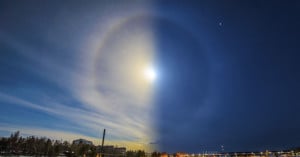
This unique and beautiful image shows sun and moon haloes side by side. There was perfect halo conditions in the sky yesterday in Östersund, Sweden, so Swedish astrophotographer Göran Strand went out and shot a photo of the 22° solar halo.
10 hours later, after day had turned to night, Strand returned to the exact same location and photographed the moon with its 22° lunar halo. The image above is a photo that blends the day and night images together with the halos perfectly matching.
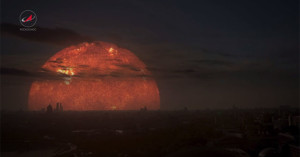
The photo illustration above shows what a photo of a sunset here on Earth would look like if the sun were replaced with Arcturus, one of the brightest stars in our "neighborhood."
The Russian Federal Space Agency recently released a couple of "Alternative History" videos that imagine what the sky would look like if the Sun were replaced with other stars and if the moon were replaced with planets in our solar system.
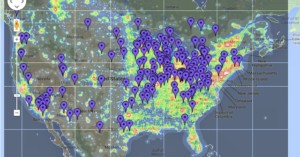
For those of you who partake in any sort of nighttime photography, it’s no secret that light pollution can be the bane of your existence. Thankfully, there’s a neat, simple online resource that can help you better prepare to avoid this enemy of great Milky Way photography.
It’s called Dark Sky Finder, and it’s an easy-to-use website that gives you an up-to-date, radar-style view of what light pollution across the United States looks like.

What happens when you give a graphic designer a camera? Well, in the case of Lino Russo and his latest project Skymetric, you get a eye-catching series of images that explore the relationship between nature and architecture in the most colorful way imaginable.
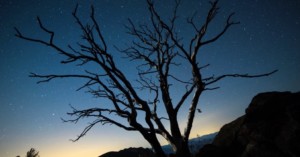
It’s safe to say we’ve all seen our fair share of night-sky time-lapses. Most often, they tend to show off grandiose views of mother nature as the stars (seemingly) rotate in the background. But the truth of the matter is, we’re the ones rotating, not the stars.
So what would happen if a night-sky time-lapse photographer used the stars – or more precisely a star – as a fixed axis, instead of Earth? Well, you would end up with a trippy time-lapse like the one you see above.
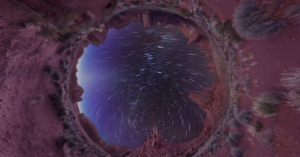
We've seen both night sky and 360º time-lapses before, but we hadn't ever run across an amalgamation of the two until earlier this week when we received an email from photographer Vincent Brady.
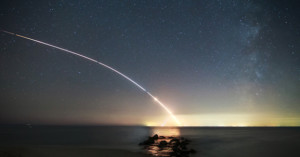
When you think of the Jersey Shore what are the first things that come to mind? The beach? The ocean? The amusement park rides? Summer? But there is one sight that goes completely unnoticed by so many shore goers each and every year in the town of Cape May. That sight is the night sky!